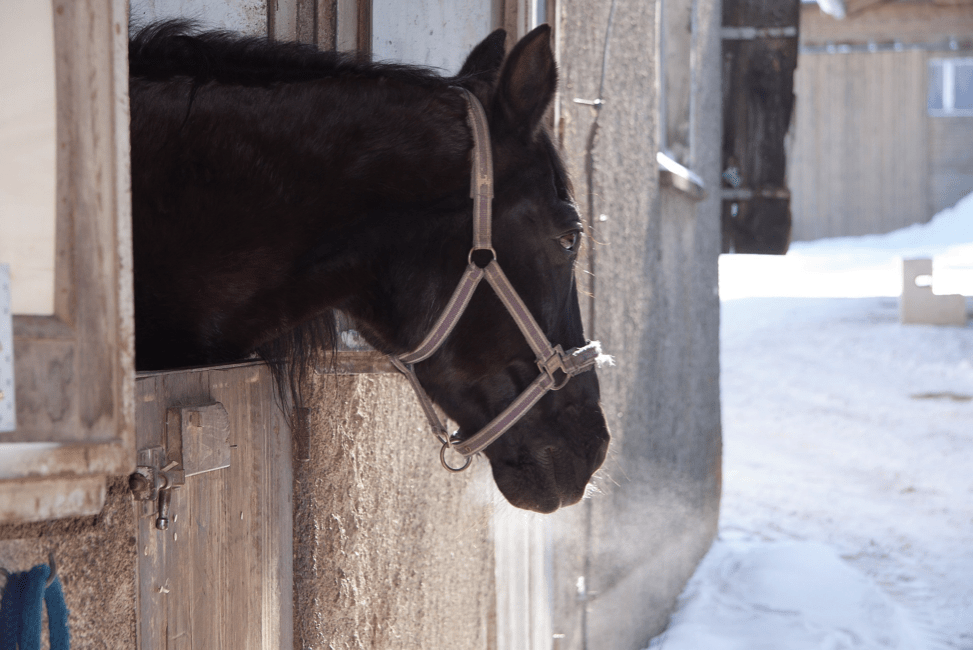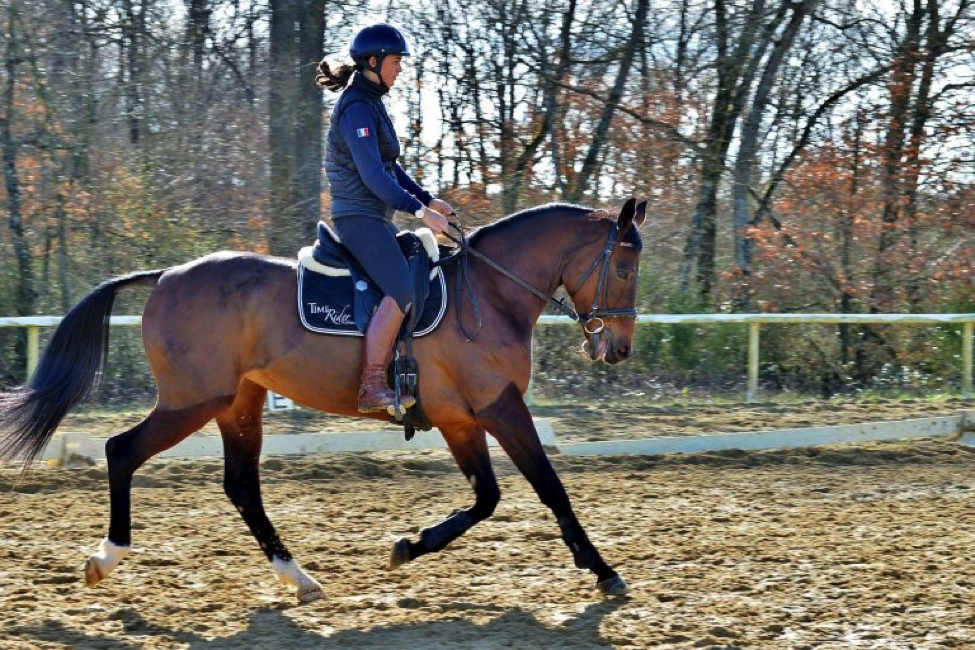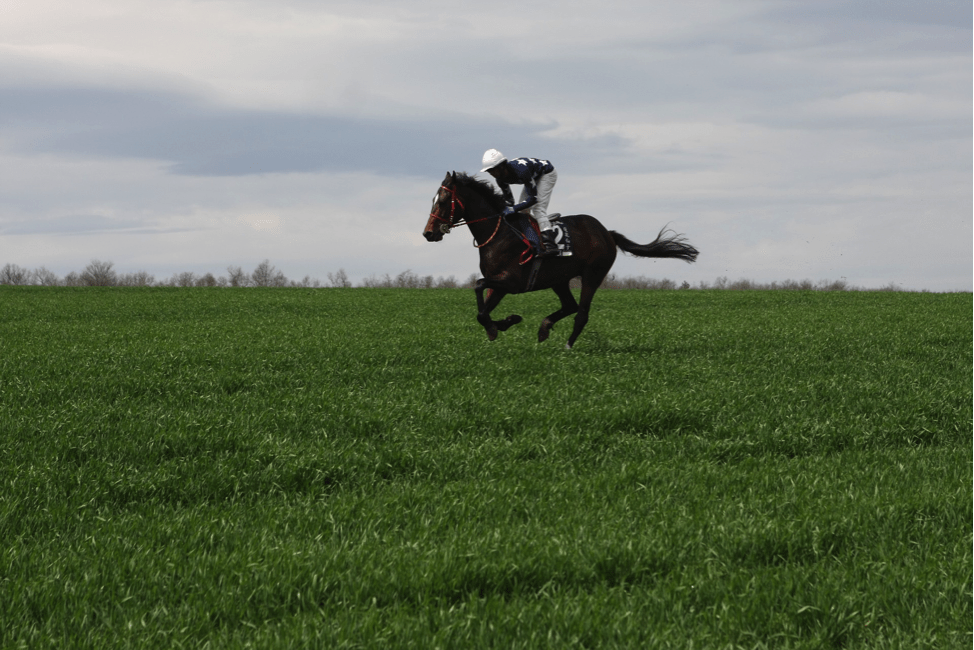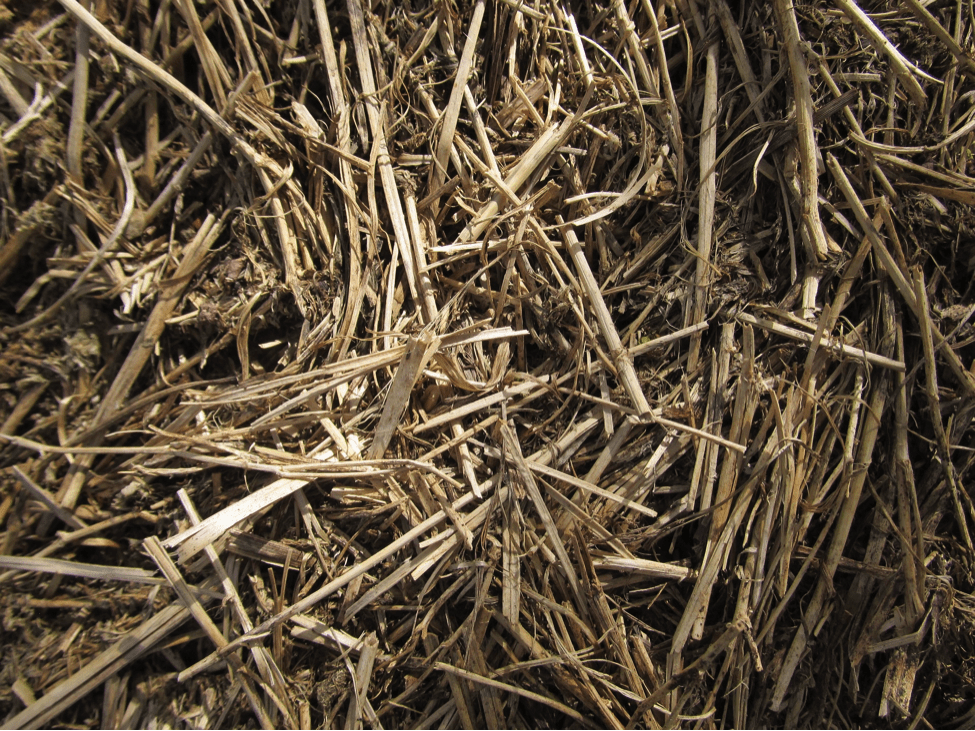Wednesday, December 20, 2017

The equine (and human) respiratory system comprises: mouth, nostrils, nasal cavity, frontal sinus, pharynx, larynx, trachea, lungs, bronchi, bronchioles, diaphragm, ribs and intercostal muscles. Since horses breathe only through their noses, the nostrils are the main inlet/outlet to the airways. The primary function of the horse's respiratory system, particularly during training, is to ensure gas exchange: it supplies oxygen to the blood, eliminates carbon dioxide from the body, and participates in thermoregulation and the maintenance of acid-base balance.
It's important to know your horse's normal vital signals (or TPR: temperature, pulse and respiratory rate), which will give valuable indications of his health. You can measure respiratory rate by feeling the air flowing in and out of your horse's nostrils, or by observing/feeling the movement of your horse's chest or flanks over a one-minute period. Listening to your horse's breathing with a stethoscope placed over the trachea is even better. One beat corresponds to one respiratory cycle: one inhalation + one exhalation. The average normal respiratory rate for an adult horse is between 10 and 20 cycles per minute. For a newborn foal, it will be higher; around 20 to 40.

Of course, these are general figures which will vary from horse to horse and situation to situation. The environment, as well as stress or excitement, can have an impact on respiratory rate. If the horse is particularly relaxed, you may even obtain a frequency as low as 4 cycles per minute. Checking these signs regularly will help you define normal values for your horse.
In addition to frequency, it can be useful to pay attention to breathing characteristics, which are also good indicators: does your horse make unusual sounds when breathing, is the breathing deep or panting...? Strange noises may indicate allergies, pulmonary emphysema or mucus obstruction in the trachea, for example.
Like heart rate, respiratory rate increases with training, almost linearly with intensity. It can rise to 180 cycles per minute during very intense exercise. The respiratory system responds to training stimulation by dilating the horse's airways, reducing resistance and increasing airflow. The muscles of the upper airways will allow more oxygen to enter the horse's system, and help to eliminate carbon dioxide, the production of which will also increase with effort. Respiratory rate and frequency of lung contraction will also increase, to manage carbon dioxide accumulation and allow more air transfer.
Respiratory rate recovery period can also be used as a fitness indicator, although it is not recommended on its own as it is highly variable. Both the frequency and the sound of breathing are useful in assessing it. Depending on training, the normal recovery time (i.e. the time it takes for the respiratory rate to return to normal values) is 15 to 20 minutes. The horse's rapid, heavy breathing will subside and the dilated nostrils will return to normal.
The faster your horse's breathing drops after exertion, the fitter he'll be. This is particularly important for sport horses preparing for the show season. For example, an eventer who returns to a normal breathing rhythm 3-4 minutes after a cross-country course will need no further preparation. [By the way, if you'd like to learn more about preparing your horse for the show season, read our article written with double European young rider champion Marie-Charlotte Fuss].

A panting horse, with short, rapid breathing after exertion, may have been over-trained and/or overheated. If the recovery period is long and the horse is still breathing heavily after, say, 5 minutes of quiet striding, it's best not to ask him to exert himself too hard for a few days. Finally, any abnormal noise or nasal discharge may indicate a problem that needs to be addressed.
Several factors limit the efficiency of the respiratory system, such as lung volume, airway diameter and the horse's gait. In contrast to walk and trot, where the respiratory rate adapts to the oxygen demand of the horse's organs, in canter the respiratory rate is exactly matched to the stride frequency. Thus, the only way to increase the respiratory rate to better meet oxygen requirements is to increase the pace, which will tire the horse and further increase oxygen demand. During long, intense efforts, the horse will therefore necessarily run out of oxygen and present hypoxemia (1) and hypercapnia (2).
As far as lung volume is concerned, although horses have a lung capacity of 50L of air, 60% of the air breathed in does not participate in gas exchange, making this large capacity rather useless. What's more, horses breathe through their nostrils, one of the narrowest parts of the respiratory system along with the larynx. This creates resistance, which limits the air inspired during exertion, despite the dilation of the nostrils and larynx.

Training has no real effect on the respiratory system, compared to the muscular or cardiovascular systems. Indeed, it is the adaptation of the latter two systems which will, for example, lead to an increase in oxygen uptake, and a reduction in respiratory fatigue. We won't be able to increase the lungs' ventilation capacity or the rate of gas exchange (oxygen and carbon dioxide), which are decisive factors in exercise capacity.
The only improvement that can occur with training is the strengthening of the muscles of the upper airways (nostrils, pharynx, larynx), but there will be no real change in the respiratory system. Indeed, research has shown that training has little effect on the lower respiratory tract, and concluded that the horse's respiratory system is not well adapted to the demands of the sport horse.
Other factors will affect air intake and gas exchange during exercise, thus limiting the horse's maximum performance, such as air quality (pollution, humidity...), the position of the horse's head and neck, and the equipment used. These factors are easier for riders to take into account, who can then try to limit the impact on their horses' breathing.

There are a number of stable management methods that can prevent and limit the risk factors for equine respiratory health, which are numerous and include the horse's general health, environmental factors and even nutritional factors.
-> It is important to maintain good air quality in the stable with a good ventilation system, and to give the horses as much time as possible outdoors.
-> To reduce dust and pollution, use wheelbarrows, limit the use of machinery in stables and riding arenas, and minimize human activity (sweeping, harrowing, etc.) especially when horses are present.
-> To keep training areas dust-free, watering is often necessary.
-> Quality, dust-free bedding is essential to keep horses' respiratory systems healthy.
-> Wetting hay and not feeding horses on the ground will also reduce dust inhalation.
-> Finally, to prevent disease, disinfecting water and pellet buckets is a good habit to adopt, as is having a complete vaccination program adapted to each horse.
See you soon for a new article,
The Seaver team